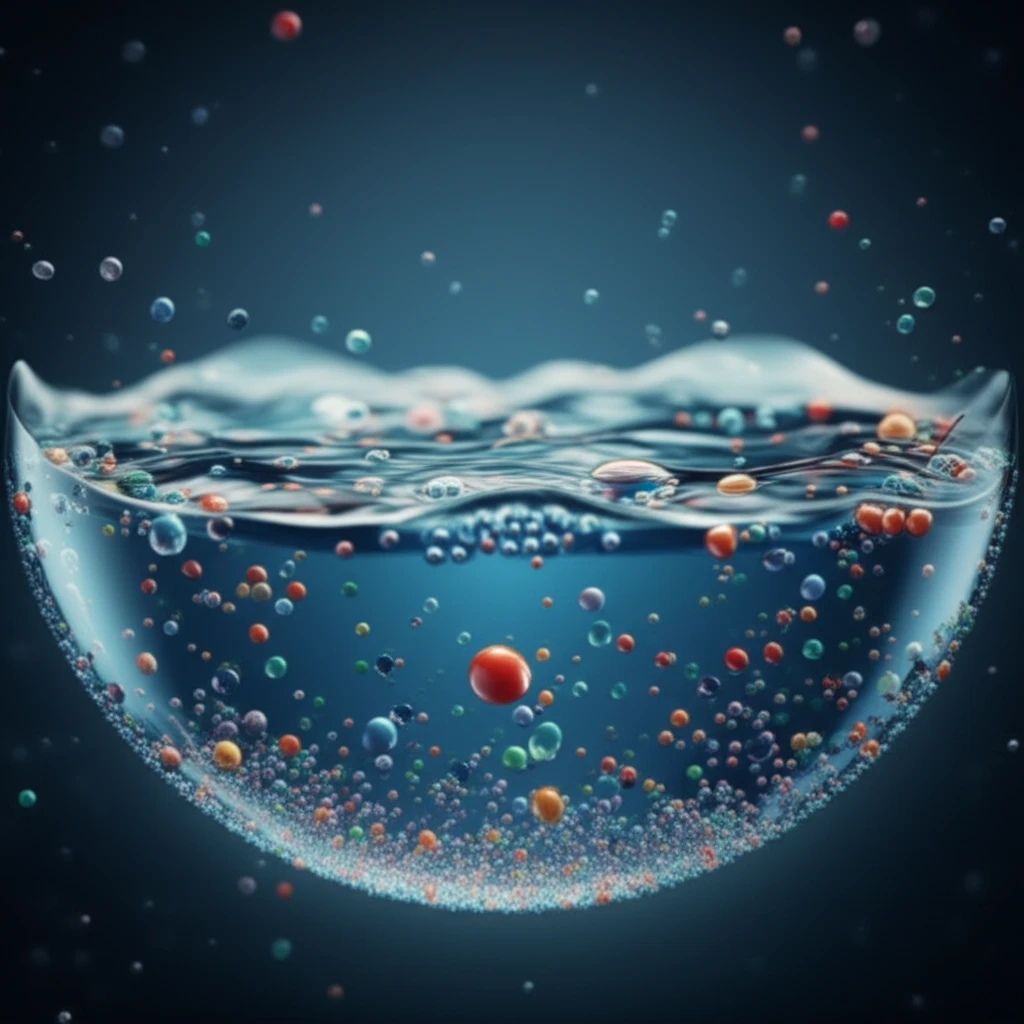
Microplastics in Your Water? How to Protect Your Health
"A Deep Dive into Microplastic Removal Techniques for Safe Drinking Water"
In recent years, the pervasive presence of microplastics has become a significant environmental concern. These tiny plastic particles, originating from the breakdown of larger plastic debris, have infiltrated various ecosystems, most notably our oceans. As microplastic pollution continues to escalate, scientists are increasingly focused on understanding its potential impacts on both the environment and human health.
While much of the initial research concentrated on marine environments, the detection of microplastics in freshwater sources has raised alarms about the safety of our drinking water. Unlike the ocean, where microplastics can disperse widely, freshwater systems channel these pollutants directly into our homes and communities. This concerning trend highlights the urgent need for effective removal strategies during water treatment processes.
Traditional water treatment methods face challenges in eliminating these minute particles. In light of these challenges, a new study investigates the efficacy of Fe-based coagulants, a chemical compound known for its effectiveness in removing impurities from water, in capturing and eliminating microplastics. This innovative research offers a promising step forward in ensuring the safety and purity of our drinking water.
The Microplastic Problem: Why Should You Care?

Microplastics pose a unique threat due to their size and ability to persist in the environment. These particles, generally less than 5 millimeters in diameter, come from a variety of sources, including the breakdown of larger plastics, industrial waste, and even microbeads found in personal care products. Their prevalence in aquatic environments raises several concerns:
- Ecological Harm: Aquatic organisms mistake microplastics for food, leading to digestive blockages, malnutrition, and potential starvation.
- Chemical Contamination: Microplastics act as carriers for harmful pollutants. Their large surface area allows them to adsorb toxins, heavy metals, and persistent organic pollutants (POPs). When ingested by aquatic organisms, these contaminated microplastics can introduce harmful chemicals into the food chain.
- Human Health Risks: While the full extent of human health risks is still under investigation, concerns exist about the potential for microplastics to transfer toxins into the body, causing inflammation, endocrine disruption, and other adverse effects.
The Future of Clean Water: A Proactive Approach
The presence of microplastics in our water systems is a pressing issue, but with ongoing research and innovative technologies, we can take proactive steps to protect our health. By staying informed about the latest findings and supporting advancements in water treatment processes, we can ensure access to safe, clean drinking water for ourselves and future generations.
